There are more than five things you could do right now, but why not start with your landscaping? Here are five helpful tips:
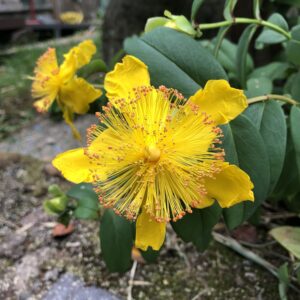
1. Take inventory of the native and non-native species in your yard.
Are the non-native species crowding out native plant life? Native plants and trees in the Pacific Northwest like rhododendrons, ferns, Pacific Madrone, to name a few, require less maintenance than say, Black Lace Elderberry or bamboo. Even though there are benefits to the non-native plant life in your garden, consider weighing more on the side of the native species in the native-to-non-native plant ratio. Oregon State University has great information on native plant life.
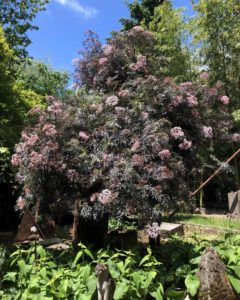
2. Identify your plant cycles
This is key when it comes to transplanting and pruning and is most obvious regarding when to plant. Bulbs and seeds will have different timing, depending on the plant. Lilacs should be pruned in the spring before they bloom, just after the blooms are gone, or in the fall.
3. Remove dead, dying, or out-of-place plants
You’ve heard the expression, “dead weight”. This applies to gardening, too. Removing anything that is on its way out means creating space for things to thrive. If the leaves on an artichoke are failing, for example, cut them off and you will see new growth emerge within a week or two. The plant is still feeding energy to the dying leaves, so the cutting away encourages newer, healthier growth.
4. Identify the borders
Remove or move anything that interferes with the boundaries previously set. The defined lines will lend a tidier look to your garden. Sometimes it hurts to remove some of the plants that have been nurtured over the years, but those could be transplanted elsewhere or given away to neighbors in your local free group. Or, redefine your borders.
5. Pruning is for suckers!
Ever notice little green shoots coming out of the base of your lilac, trees, or other woody shrubs? Those are called suckers. These should be cut back so the plant’s energy is focused on the main growth. See #4 for when to prune your plants. If you’re pruning a tree in the City of Portland, the code is very specific. Street trees require a pruning permit unless the diameter of the branch you’re pruning is ½-inch or smaller. There are many more restrictions and in-depth tips on the city’s website.
I hope these quick tips get you started with a garden maintenance road map! Please feel free to send me before-and-after photos of your work if you’d like it to be featured here. Or, tag me on Instagram at @seanbessorealty. Happy gardening!
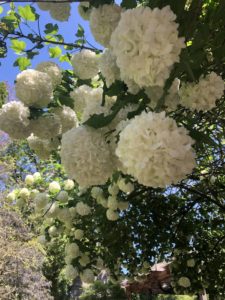
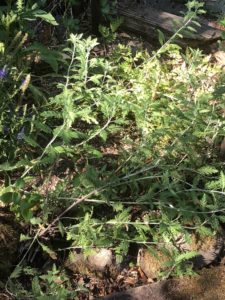
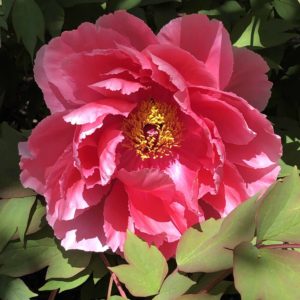
Published June 16, 2020

